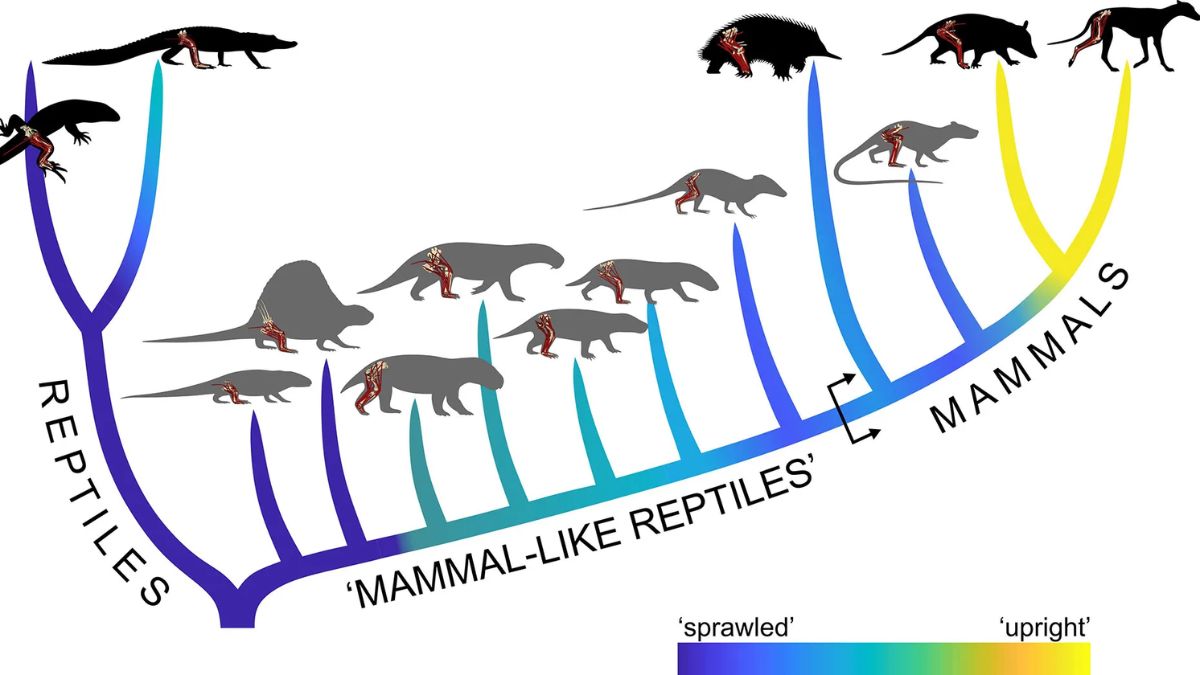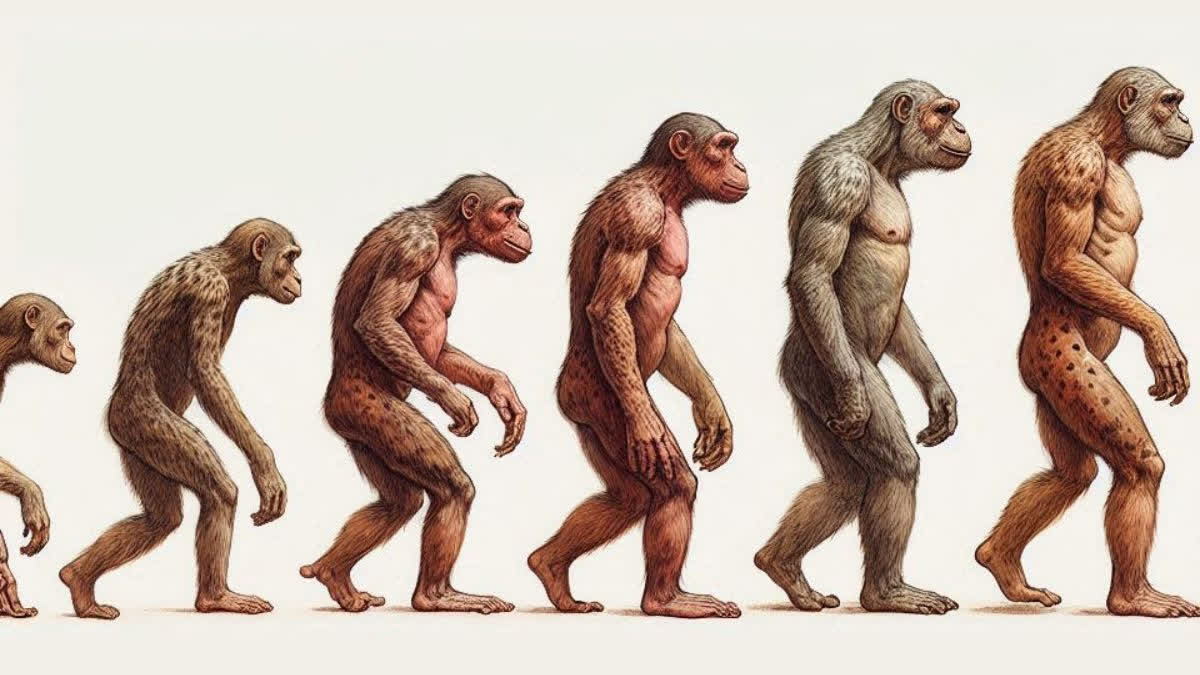Hyderabad: Mammals, including humans, are known for their upright posture, which has been crucial for their evolutionary success. However, their earliest ancestors had a sprawled posture similar to reptiles. The transition from this sprawled stance to an upright posture was a significant evolutionary milestone.
Despite extensive research, the details of how, why, and when this change occurred remain unclear. However, a new study in Science Advances reveals that the transition from a sprawled to an upright posture in mammals was complex and nonlinear, occurring much later than previously thought.
Researchers used fossil data and advanced biomechanical modelling to uncover these insights. Lead author Peter Bishop and senior author Professor Stephanie Pierce studied the biomechanics of five modern species with different limb postures, from sprawled to upright. This research helped them understand the relationship between anatomy, posture, and movement, and place these findings in an evolutionary context.

The study examined the evolutionary relationships of modern and extinct species, revealing a complex history of posture evolution in synapsids. It found that a fully upright posture evolved late in modern placentals and marsupials. Researchers analyzed eight fossil species from four continents, spanning 300 million years, including proto-mammals like Megazostrodon and large species like Ophiacodon, Dimetrodon, and Lycaenops.
Bishop and Pierce used physics and engineering principles to create digital biomechanical models of muscle and bone attachments. These models helped simulate the force hindlimbs could exert on the ground, which is crucial for locomotor performance. Bishop emphasised that insufficient force can hinder running speed, agility, and stability.
The computer simulations created a 3D "feasible force space" that represents a limb's functional performance. This approach considers all interactions between muscles, joints, and bones, providing a comprehensive view of limb function and locomotion evolution over millions of years.



